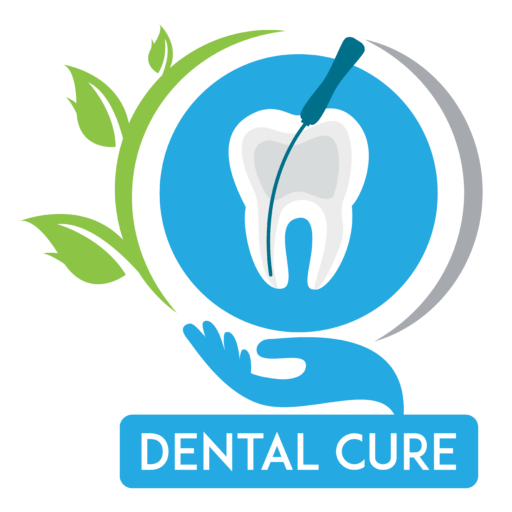Child Behavior Guidance
Children’s dental health plays a pivotal role in the overall health of kids. Confidence in developing sound dental hygiene from the early years will result in a mouth full of healthy teeth and an attractive smile in old age. However, the process might prove tricky for guiding children to the proper dental care. This holistic guide is compiled to inform parents, caregivers, and educators how they can positively impact children’s lives by teaching them to be disciplined and, thus, turn into healthy and happy human beings.
Section 1: Infant’s dental health begins even before teeth break through the gums, so learning about the developmental stages of a child’s teeth is crucial
- Primary Teeth vs. Permanent Teeth: Clarify the distinctions between the baby and adult teeth, making it clear that the care for the first two and second sets of teeth is crucial.
- Timeline of Tooth Development: Offer a basic description of the primary teeth eruption and subsequent loss when the permanent ones replace them.
- Common Dental Issues in Children: Focus on typical dental problems such as cavities, gingivitis or gum disease, misalignment, and their contribution to oral health.
Section 2: Facilitating the Creative Construction of Proper Tooth Care and Attitudes
- Lead by Example: Doing oral hygiene with your family, like brushing and flossing, teaches them good practices.
- Make it Fun: Create an atmosphere of joy by choosing, for instance, a toothbrush of a colorful hue, singing songs, and introducing educational games.
- Positive Reinforcement: Encourage children by telling them they are doing well in dental care and give them awards or prizes, using rewards and incentives for their consistent efforts.
- Educate About Healthy Foods: Instruct children about the balanced diet and how it affects the health of the teeth, advising about the role of fresh fruits, vegetables, and dairy products.
- Limit Sugary Treats: Explain to them that consuming sugary snacks or drinks can lead to tooth decay if taken in higher amounts and is just a treat but not necessary to be taken daily.
- Set Routine Dental Visits: Make the time for dental appointments to see how oral health is and avoid dental complications.
Section 3: Plans of Managing Dental Anxiety
- Start Early: Tell children about the dental office before their treatment. Show them different places and items related to the dental office.
- Role Play: Use dolls or soft animal toys to reenact the dental appointment process while being oblivious to this distress. This will help children to get more acquainted with the procedure.
- Open Communication: Children might have reservations about dental appointments and doubts or errors about what it all means. Help the children deal with the situations by assuring them of what will be done. Address the misconceptions that may be in their minds.
- Choose a Pediatric Dentist: You should seek a dentist who specialises in kids’ dental work and can be calm and comforting simultaneously.
- Offer Distractions: A comfort item such as a beloved toy or book can distract children from visiting a dentist.
- Praise Bravery: Remark about how brave kids stay during dental appointments and recall their good moments with them.
Section 4: Pleased about dealing with Dental Hygiene Issues
- Teething Troubles: Consider the relief in case your baby has sore gums using teething rings, chilled washcloths and over-the-counter teething gels.
- Thumb-Sucking and Pacifier Use: Show a decreasing level of severe reminders and positive encouragement to make finger-sucking or dummy usage less frequent.
- Bedtime Bottle Decay: Do not put bedtime snacks with sweet drinks because they will destroy the teeth.
- Bruxism (Teeth Grinding): Track teeth-grinding behaviours and address any challenges with the pediatric dentist.
Section 5: Efficient Oral Hygiene Experience
- Proper Brushing Technique: Demonstrate how to brush teeth up and down using gentle circular motions to reach all teeth and mouth surfaces.
- Choosing the Right Toothpaste: It is essential to pick a fluoride toothpaste specially created for kid’s needs. Use a portion of toothpaste the size of a pea while brushing.
- Flossing Basics: The toothbrush is kid-friendly, with filters and blazers that help the child understand how to floss. The interdental brush is an excellent option for cleaning between the teeth and along the gumline.
- Regular Dental Check-ups: Stress the importance of regular dental visits, where the patients can get their teeth cleaned professionally and be offered preventive care.
Section 6: Special Dental Needs
- Children with Special Needs: Provide personalized and appropriate services within an inclusive environment based on the child’s needs due to physical, developmental, or sensory disabilities.
- Managing Dental Fear in Special Needs Children: Use visual media, social stories or sedation dentistry developments to make the child feel cosy.
- Behavioral Techniques: Using positive reinforcement, desensitization, or distraction techniques will provide cooperation by a child during the dental visit.
